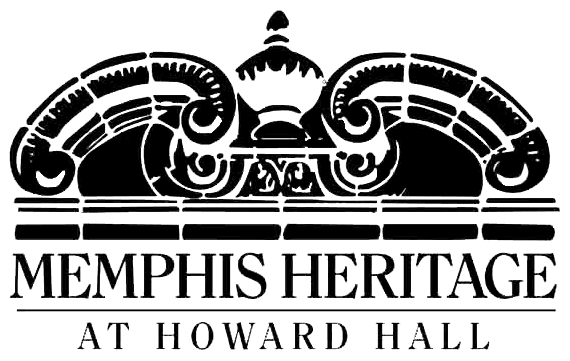Status: Preserved
Location: Portions of Monroe, Union and Gayoso Avenues, Peabody Place and Barboro Alley, Second and Third (now B.B. King Boulevard) Streets, and Main, Front and Hernando Streets, in Memphis
Built: 1880-1927
Architectural Style: Victorian-Italianate, Cast Iron, Richardsonian Romanesque, other Commercial
Original Function/Purpose: Commercial

History: Gayoso-Peabody Historic District consists of certain blocks within the limits of Monroe Avenue and Peabody Place (formerly McCall Place), and Front and South Third Streets. The original Gayoso House and Peabody Hotel, for which the district is named, dated from 1842 and 1868 respectively and were joined by commercial buildings that supported adjoining Cotton Row and the cotton brokerage business. Some noteworthy buildings in this district are the Businessmen’s Club (79-81 Monroe, built 1906), Brodnax Building (39 S. Main, 1923), Farnsworth Building (69 S. Main, 1927), Hotel Gayoso (139-141 S. Main, 1901), Cole Building (79-81 S. Second, 1886), and the Peabody Hotel (149 Union, 1924). Gayoso-Peabody Historic District is one of the National Register-listed districts recognized (and protected) by the City of Memphis as a local historic district or Historic Overlay District.
Boundary Increase and Decrease
Location: Portions of Monroe Avenue, Peabody Place, Second and Third Streets, Main Street, and Union Avenue, in Memphis
Built: ca. 1872-ca. 1950
Architectural Style: Various
This boundary change is described by the National Register as a Supplementary Listing Record; it became effective on Jan. 27, 2006.
History: Gayoso-Peabody Historic District (Boundary Increase and Decrease) is a revision of the original submission for this district, taking account of new standards for such nominations. Some buildings have been demolished, or altered such that they have been lost to the inventory, or renovated.
Maps:



City Council District: 6
Super District: 8
County Commission District: 8
